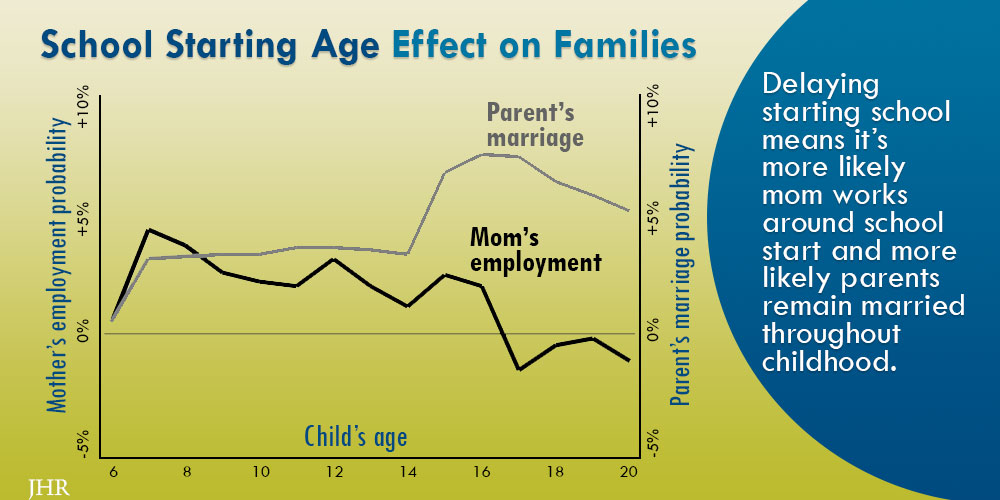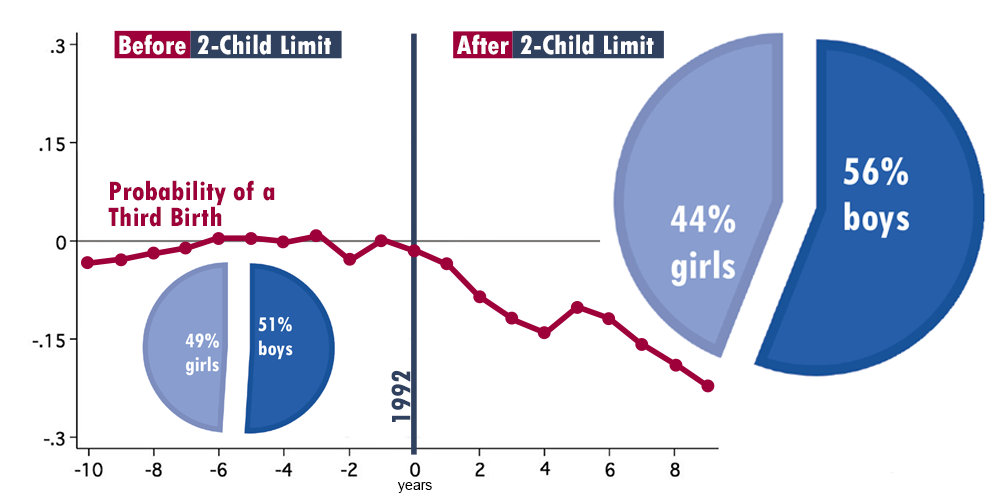The Dynamics of Families’ Long-Term Care Arrangements—Who Takes Care of Our Elderly in the Long Run?
As the population ages, many families face decisions about how to care for elderly relatives. In a recent publication, Bridget Hiedemann (Seattle University), Michelle Sovinsky (University of Mannheim and CEPR), and Steven Stern (Stony Brook University) consider the dynamics of this decision-making process. Who will provide care for the aging family member—a spouse, an adult child, a formal home health worker, or a nursing home? Will this arrangement change over time?
With the assistance of family members and/or home health care providers, many disabled, elderly individuals remain in the community, while others enter nursing homes. Public programs, insurance, and/or families typically finance care provided by a home health aide or nursing home. For those providing care to spouses or parents, caregiving may be economically and psychologically burdensome. While caregiver burnout might lead to turnover, costs of transitioning from one care arrangement to another may cause inertia.
Although many researchers have studied long-term care arrangements, little is known about the dynamics of care arrangements. To better understand eldercare arrangements, the authors developed models to examine the relative importance of caregiver burnout vs. inertia and to distinguish between inertia and other factors contributing to persistence in care arrangements (e.g., an aversion to nursing home care). They found that find that inertia dominates caregiver burnout, but families’ preferences and constraints also contribute to persistence in care arrangements.
So what does this mean for our overall understanding and policy-making related to eldercare? According to the authors, “Evidence of inertia implies that public policies influencing families’ initial caregiving decisions are more effective than those influencing subsequent decisions. To influence long-term care arrangements, policies targeting family’s early caregiving decisions are crucial.”
Read the full study in the Journal of Human Resources: “Will You Still Want Me Tomorrow? The Dynamics of Families’ Long-Term Care Arrangements,” by Bridget Hiedemann, Michelle Sovinsky, and Steven Stern.
***
Bridget Hiedemann is a professor of Economics at Seattle University. Michelle Sovinsky is a professor of Economics at University of Mannheim and CEPR. Steven Stern is a professor of Economics at Stony Brook University.



